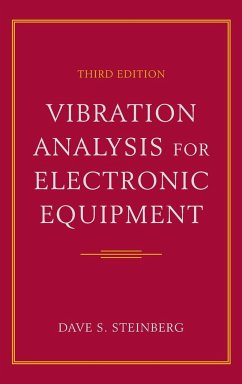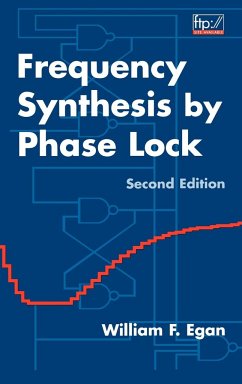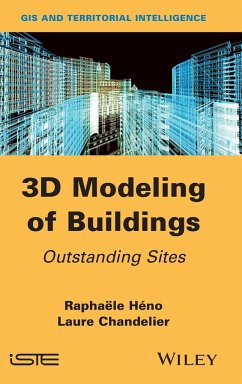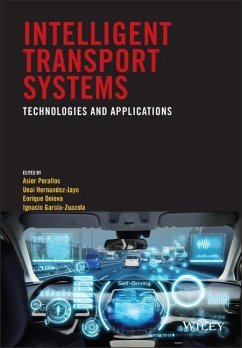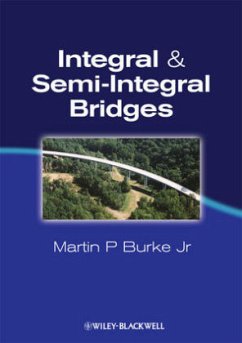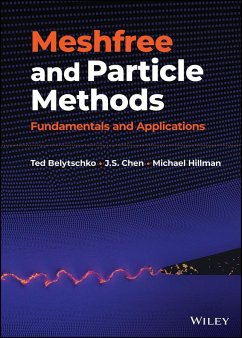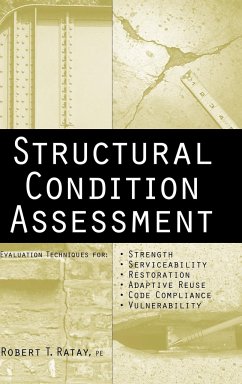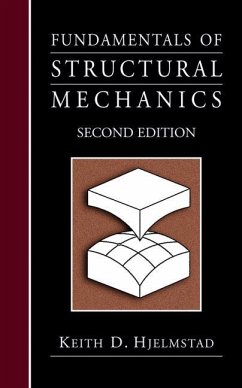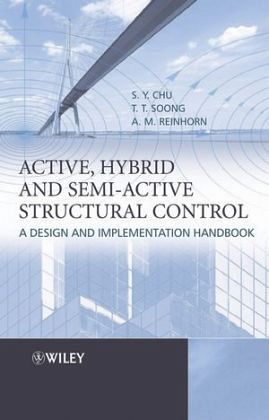
Active, Hybrid, and Semi-Active Structural Control
A Design and Implementation Handbook
Versandkostenfrei!
Versandfertig in über 4 Wochen
138,99 €
inkl. MwSt.

PAYBACK Punkte
69 °P sammeln!
Need to develop, document, and synthesize?This comprehensive handbook is designed to provide you with the knowledge needed to successfully implement an active, hybrid or semi-active control system to a structure for safeguarding it against environmental forces such as wind or earthquakes.Important issues involved in the integrated implementation of active control systems are addressed along with key features:_ With fantastic breadth of information, Soong covers practical control techniques and validation of implementation through simulations._ Great emphasis on fail-safe techniques and validat...
Need to develop, document, and synthesize?
This comprehensive handbook is designed to provide you with the knowledge needed to successfully implement an active, hybrid or semi-active control system to a structure for safeguarding it against environmental forces such as wind or earthquakes.
Important issues involved in the integrated implementation of active control systems are addressed along with key features:
_ With fantastic breadth of information, Soong covers practical control techniques and validation of implementation through simulations.
_ Great emphasis on fail-safe techniques and validation of the implementation through simulations is the technical strength of the work.
A must have reference on the desktop of any researchers, practitioners and design engineers working in civil, aerospace, automotive and mechanical engineering. Undoubtably the key resource for all postgraduate students in the field leanding to the superbly organised collection of information from the control engineering area.
This comprehensive handbook is designed to provide you with the knowledge needed to successfully implement an active, hybrid or semi-active control system to a structure for safeguarding it against environmental forces such as wind or earthquakes.
Important issues involved in the integrated implementation of active control systems are addressed along with key features:
_ With fantastic breadth of information, Soong covers practical control techniques and validation of implementation through simulations.
_ Great emphasis on fail-safe techniques and validation of the implementation through simulations is the technical strength of the work.
A must have reference on the desktop of any researchers, practitioners and design engineers working in civil, aerospace, automotive and mechanical engineering. Undoubtably the key resource for all postgraduate students in the field leanding to the superbly organised collection of information from the control engineering area.




